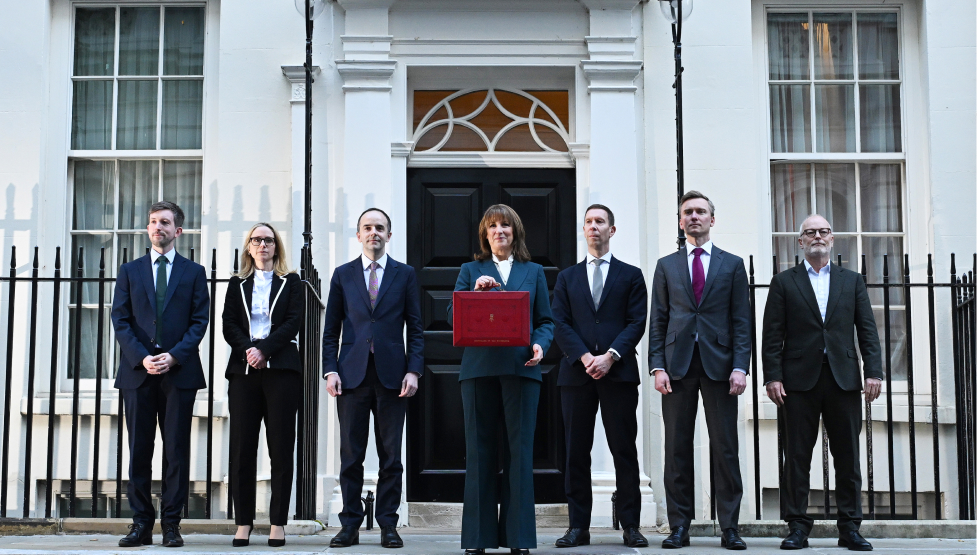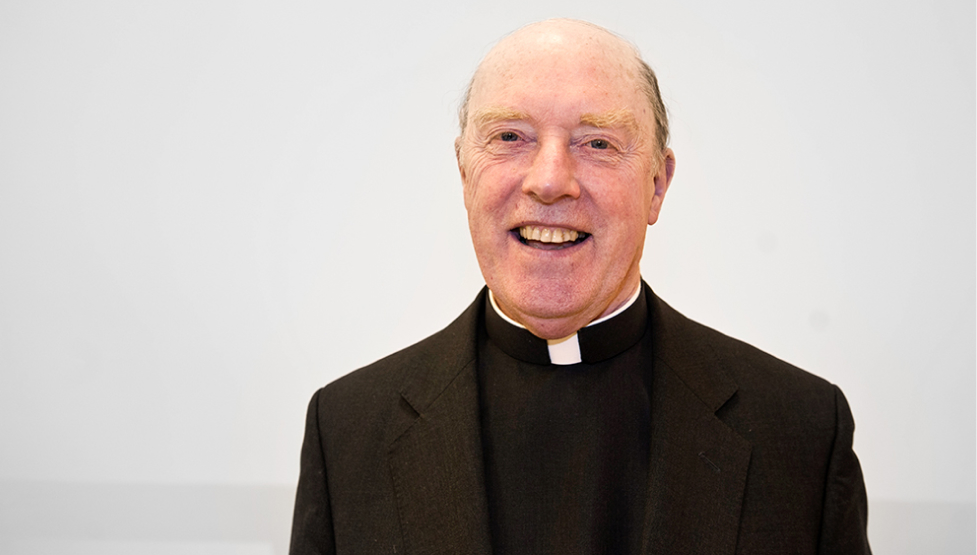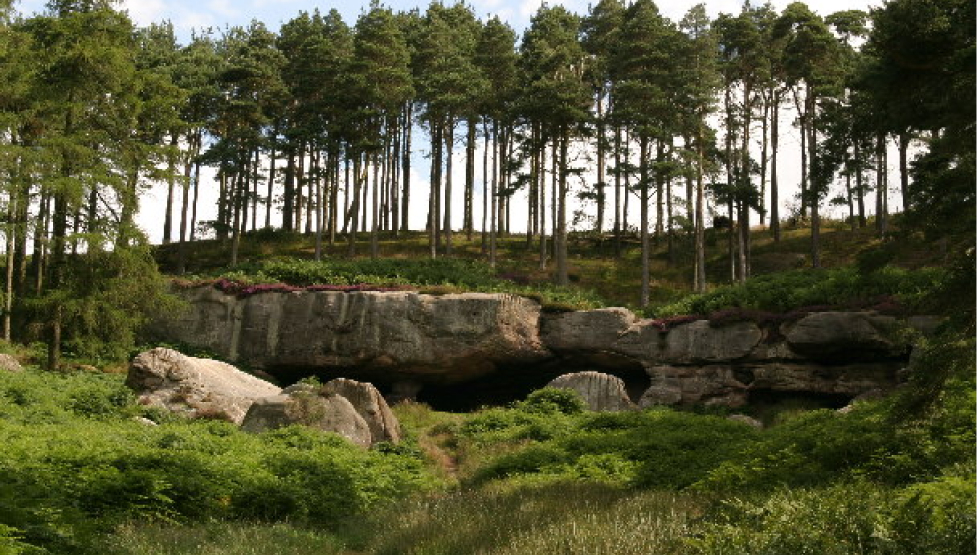The Catholic Military Association of Our Lady of Victories (CMA) in its modest but vital way responds to a very real and pressing need: the spiritual care of Catholics in uniform and often serving on the front line.
This is no small task. Catholics have long served in disproportionately high numbers across the services – an enduring reality since the late 18th century – in conflicts as far and wide-reaching across time and space as the Napoleonic Wars to Afghanistan and ongoing operations in Iraq, and from the South Atlantic to the Arctic Convoys.
That should surprise no one: the military vocation speaks deeply to themes central to the Catholic imagination – duty, sacrifice, redemption. The first Roman to recognise Christ was a centurion soldier; many saints wore the sword before the cassock. Wherever violence and chaos abound, the possibility of sanctity still blooms.
Yet in 2025, the reality of spiritual support for Catholics in the Armed Forces is mixed at best. Since the Ministry of Defence’s ecumenical reforms of the early 2000s, there are no longer denomination-specific chaplains in any formal sense.
The British Army once had distinctly separate Protestant and Catholic chaplaincies, better suited to serving the needs of their respective faithful. But today the British Army (as well as the Royal Navy and RAF) has a single chaplaincy to cover the needs of all Christian faithful in uniform ,
As a result, a Catholic soldier on operations who has need of a Catholic chaplain may be forced to make do with an Anglican, or non-confessional pastor instead. A unit may be fortunate to have a Catholic priest assigned as chaplain, but far more commonly it will not.
The result is what one long-serving padre calls a “sacramental drought” – a garrison with no Mass, with no sacrament of Confession, and soldiers spiritually adrift. To the Catholic soldier wounded in battle, what comfort would a ‘Humanist chaplain’ offer him or her?
The experience of such sacramental scarcity led in Lent of 2017 to the founding idea behind the CMA. Two officer cadets at Sandhurst, one of them a former enlisted trooper who had endured basic training without once seeing a priest, resolved to create something lasting.
They were not the first. Earlier generations had formed similar groups, most recently the now defunct United Services Catholic Association, or the long-gone Catholic Soldiers’ Association (memorialised in St George’s Chapel within the grand edifice of Westminster Cathedral).
But they hoped to bring a renewed focus, particularly on the spiritual formation of the other ranks.
With the support of the Bishop of the Forces, Rt Rev Paul Mason, the vision took shape. In 2020, the CMA was formally erected as a lay association of the faithful, under the patronage of Our Lady of Victories, at its first ever meeting held at the Brompton Oratory.
It is an organisation rooted in the universal call to holiness, in sacramental life and in the fraternal spirit that military service naturally fosters.
The CMA stands at a unique crossroads. It is at once a service charity, a lay association of the faithful and, rather curiously, a fully recognised diversity and inclusion network under the Ministry of Defence.
Unlike other lay groups, the CMA is formally embedded within the MoD’s Diversity and Inclusion (D&I) framework, under the umbrella of the Defence Christian Network. Far from being a compromise, this has proved a strategic advantage. It gives the association a recognised voice in raising practical concerns: that the Sunday obligation is not just a preference, that Holy Week is not a flexible leave option, and that religious liberty applies on exercise as well as at headquarters.
In the D&I ecosystem of 2025, the CMA stands out as an unapologetically faith-centred body, spreading the Gospel, speaking for tradition, duty and truth.
And it is being heard. With a social media presence now surpassing all other MoD-affiliated DEI networks, on Instagram especially, the CMA has tapped into a real hunger amongst young service personnel – 23 per cent of service personnel are aged 20-24, and 50 per cent are aged below 30 – for something more substantial than morale posters or mindfulness seminars.
Here is a group that prays together, organises pilgrimages and annual masses, distributes ruggedised rosaries and calls its members to a life of virtue in the midst of service.
The CMA’s growth has been steady, and certainly not explosive, admittedly – but that is not unexpected for a group whose members are posted throughout the world, from the Scottish Highlands to the Falklands, and often in isolated detachments, apart from parish life.
Yet, even among the Special Forces and ships at sea, the CMA’s presence is quietly felt, with its online network allowing for real-time prayer requests, spiritual encouragement and fraternity across continents and time zones.
Another milestone in the CMA’s story came in the latter half of 2023, on a day-long pilgrimage to Walsingham, where the CMA was formally consecrated to Our Lady of Victories by Bishop of the Forces, Paul Mason.
As of Autumn 2025, the CMA has a following on Instagram of about 10,000 followers, making it the largest Defence DEI social media presence by a significant margin (almost twice as big as the second largest). The CMA has around 400 serving Armed Forces members, plus over 100 associate and veteran members – these numbers are expected to grow exponentially.
When it comes to veterans, the CMA is keen to welcome them to join, as well as family members of those serving, so that the CMA can provide support to them through a community built on and around the Catholic Faith.
The CMA is currently finalising the first edition of its Field Prayerbook, a durable companion for deployed personnel, offering meditations, devotions and simplified liturgical texts.
Meanwhile, inspired by the CMA, sister organisations have been founded in the United States and Canada, and exploratory talks are underway to establish a recognised presence in Ukraine, where many Catholic soldiers have turned to the faith amidst the unrelenting toll of war.
Similar organisations are also in the early stages of formation in nations such as Australia, Ireland and elsewhere.
The CMA is not a lobbying group, nor a political organ. It does not issue press releases or policy demands. It exists for one purpose: to help Catholic servicemen and women become saints. In that mission, it echoes the Church’s oldest truths and the serviceman’s most deeply engrained instincts – fidelity, discipline and sacrifice.
The CMA preaches the Gospel of Christ Jesus, in spirit and truth, in word and action, in order to bring soldiers, sailors, marines and aviators to holiness and fraternal sainthood.
As secular institutions struggle to understand or accommodate traditional belief, the CMA hopes to enable the work of spiritual triage – bringing Confession to the trenches, Mass to the barracks and the Rosary to the Bergen on a soldier's back.
One way the CMA is doing this is by raising awareness, amongst commanders and senior policy makers who are not Catholics, about the needs of the Catholic in the Armed Forces.
In its quiet way, it is not only defending the rights of Catholics in uniform – it is helping them remember who they are.
RELATED: FieldMarshal Lord Guthrie: a life of spiritual and military service
RELATED: US Army’s cancelation of chapel contracts ‘harms Catholics’ in military, archbishop warns
Photo: British soldiers from the Grenadier Guards Regiment in Garmsir district, Helmand, Afghanistan, 10 May 2007. At the time, British troops were at the forefront of efforts to suppress the push by Taliban insurgents to regain control of southern Afghanistan, with the threat of a reinvigorated spring offensive from the militants looming large on the horizon. (Photo by Marco Di Lauro/Getty Images.)
The Catholic Military Association of Our Lady of Victories is a Registered Charity in England and Wales (No. 1205467). The CMA can be contacted through its social media channels on Facebook, Instagram and X. Additionally, you can visit the CMA’s website if you would like to join the CMA as a full member (Open to UK Regulars, Reserves, those in Initial Training, MPGS, MOD Police, MOD Guard Service, and MOD Civil Service, as well as URNU, OTC and UAS) or an associate member (for civilians, veterans and serving military personnel of countries that do not have their own CMA-equivalent).




.jpg)


.jpg)








